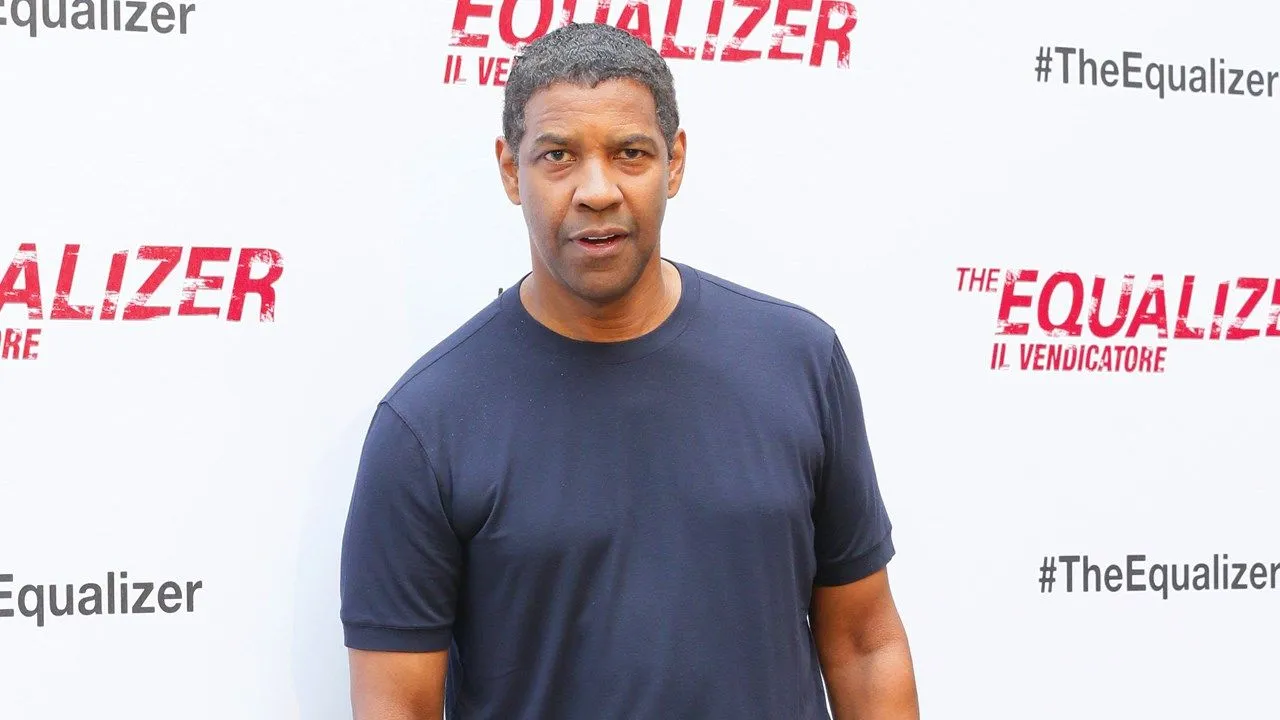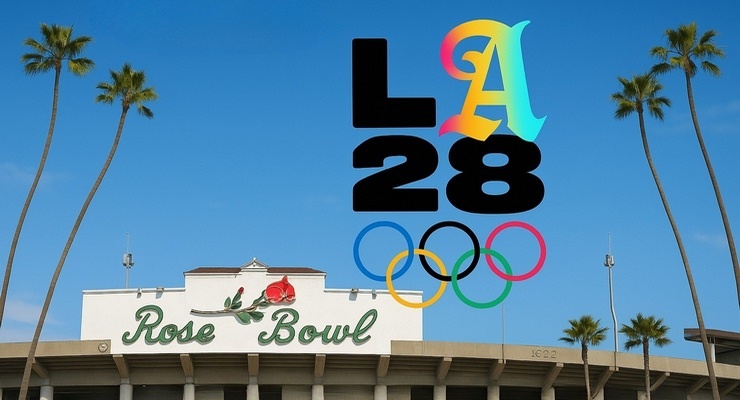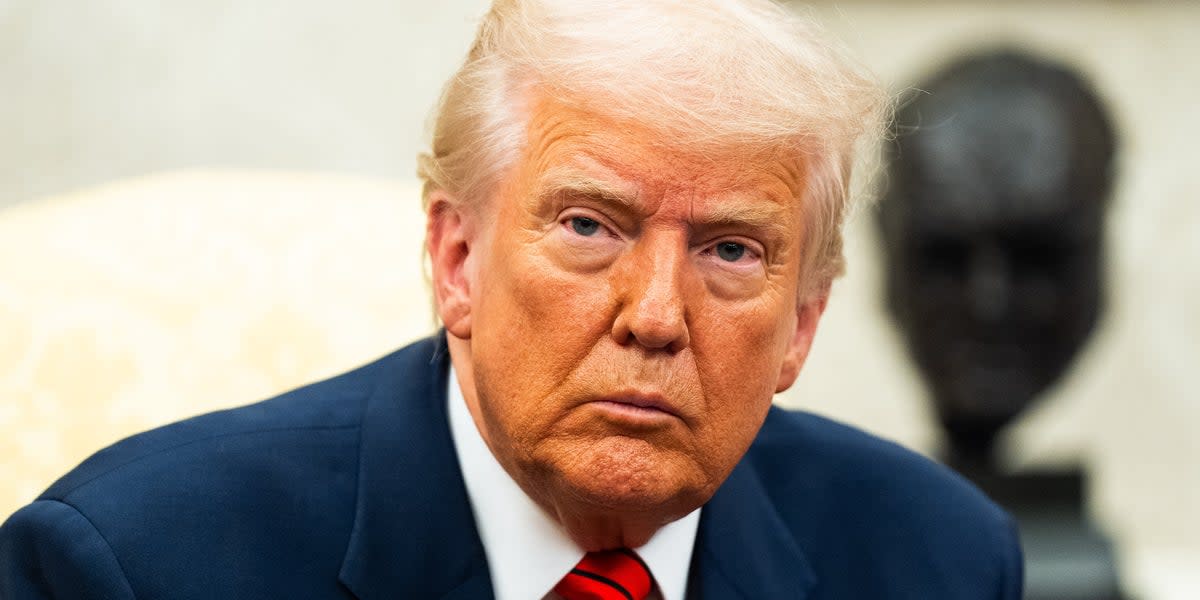Mayor Gray says ‘no way’ to Lerner’s $300 million gambit. Photo: newsone.com
[Business Exchange]
Washington, D.C. Mayor Vincent Gray says that Washington Nationals baseball owner Theodore Lerner has pitched him a fast ball and wants the city to build a retractable roof over Nationals Park.
Gray said that he “soundly rejected” Lerner’s $300 million gambit, but the fact that Lerner had the chutzpah to ask is because Major League Baseball (MLB) has snookered city officials from the beginning.
The city built the $600 million ballpark that the Nationals pay $5.5 million in yearly rent as a tenant. Over recent years, D.C. government has invested in the arena that the Wizards National Basketball Association team calls “home” and is building a new 24,000-seat home for the soccer team.
Call it “civic pride” or “being had”, either way; urban governments are being fleeced foolishly building multi-million-dollar arenas for local sports team owners. The state-of-the-art 80,000-seat Cowboys Stadium was built partly using tax-free borrowing by the City of Arlington, Texas. The Cowboys’ Jerry Jones is at the top of the heap among 21 NFL owners whose teams play in stadiums built or renovated in the past quarter-century using tax-free public borrowing. Such municipal debt has helped build structures used by 64 major league teams, including baseball, hockey, basketball and now soccer.
The new generation of publicly-owned stadiums has helped double the value of scores of privately-owned sports franchises.
Evidently, urban taxpayers have bought into the ruse as governments build and pay for the structures, while Jones and other NFL boys’ teams benefit from millions of dollars in taxpayer subsidies. The D.C. government is at the cutting edge of sports insanity. Today, the District government has entered the soccer stadium building business and could contribute as much as $150 million of land and infrastructure, about half of the $300 million cost of the planned structure.
Local papers are filled with stories of public officials arguing over tickets for box seats to certain sports and concert events. Similar squabbles are likely to continue in Washington over the soccer stadium.
Comparably, many American cities have “been had” by NFL owners, publicly financing their stadiums for them. Century Link Field, where the Seattle Seahawks play, opened in 2002, with Washington State taxpayers providing $390 million of the $560 million construction cost. The Seahawks, owned by Paul Allen, one of the richest people in the world, pay the state about $1 million annually. American taxpayers have, in stages, provided about $1 billion to build and later renovate what is now known as the New Orleans Saints’ Mercedes-Benz Superdome.
The Atlanta City Council recently approved $200 million in public funds to help build a new stadium for the NFL Falcons, even though their current home, the Georgia Dome, is only 21 years old. Atlanta is “fronting” a stadium for Atlanta Falcons owner Arthur Blank, who is worth $1.7-billion. Virginia Governor Bob McDonnell built a $4 million facility in Richmond for the Washington Redskins’ workout facility. The Redskins’ owner, Dan Snyder, has a net worth estimated at $1 billion.
Taxpayers in Hamilton County, Ohio, which includes Cincinnati, got hit with a bill for $26 million in debt service for the stadiums where the NFL’s Bengals and MLB’s Reds play, plus another $7 million to cover the direct operating costs for the Bengals’ field. In Minnesota, the Vikings wanted a new stadium, and vaguely threatened to decamp to another state if they didn’t get it. The Minnesota legislature has since voted $506 million to cover half the cost of the new facility.
Urban populations need to get past that “civic pride” foolishness and put their governments “in check.”
League-wide, 70 percent of the capital cost of NFL stadiums is being provided by taxpayers. Many governments also pay stadiums’ ongoing costs, by providing power, sewer services, and other infrastructure improvements. When ongoing costs are added, teams in Buffalo, Cincinnati, Cleveland, Houston, Indianapolis, Jacksonville, Kansas City, New Orleans, San Diego, St. Louis, Tampa Bay and the Tennessee Titans received more money from the public than needed to build their facilities.
William Reed is publisher of “Who’s Who in Black Corporate America” and available for projects via the BaileyGroup.org








